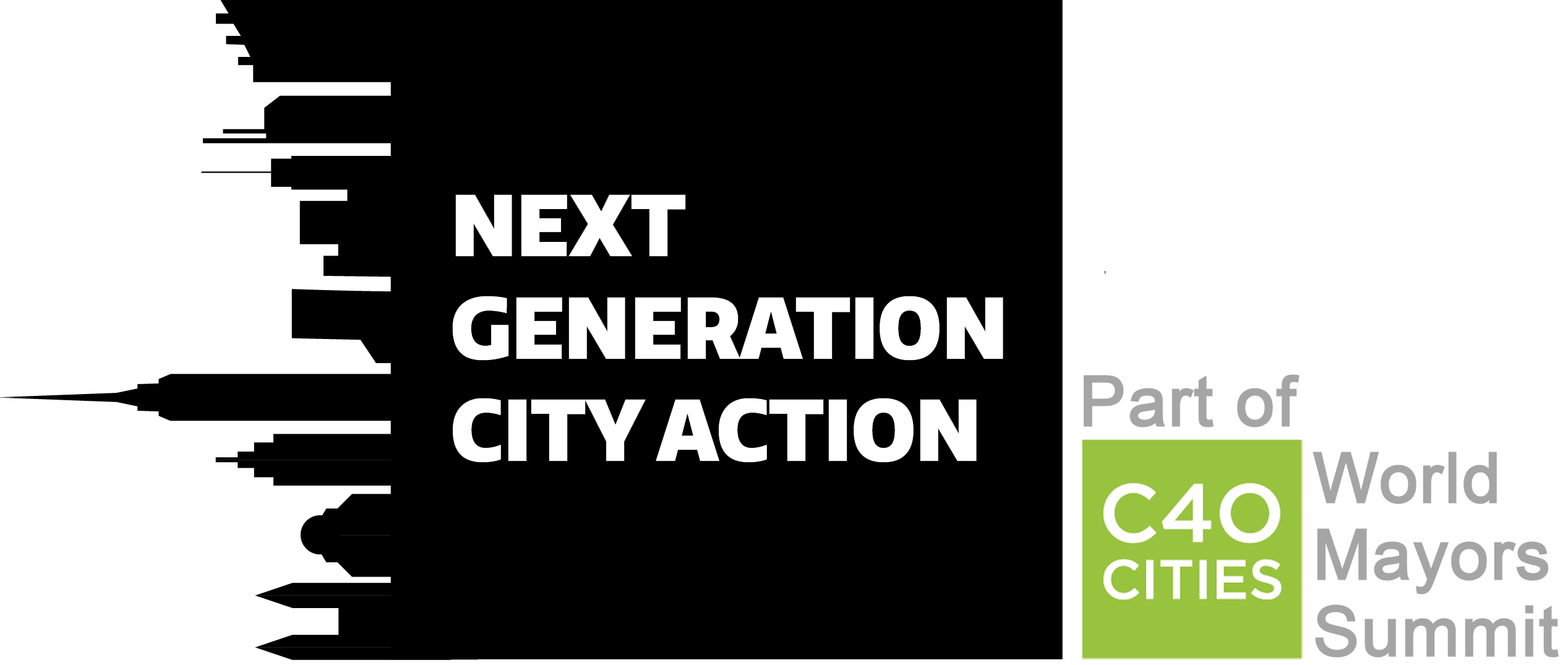ETM
Eco Tuk Medellín
Move green, move clean
Electric Tuk Medellin is the new sustainable alternative to transport people in the higher parts of the city that are poorly connected to the massive systems of electric mobility that exist already.
About Medellín
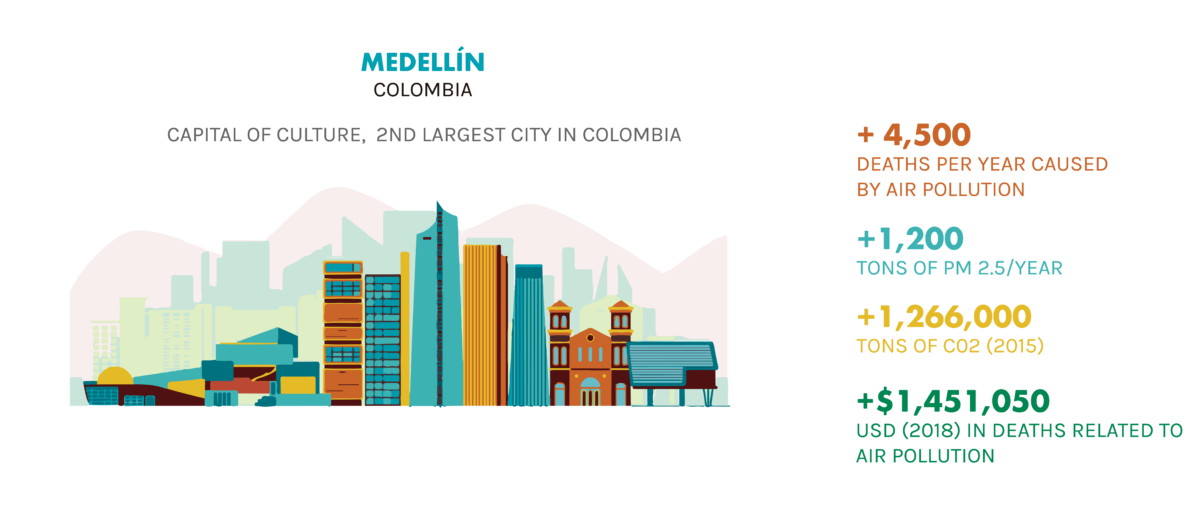
Medellín is the second largest city of Colombia, it is located in the central region of the Andes Mountains also known as the Aburrá Valley. It has a surface area of 380.64 km2 and a total population of 3,966,906 people. Medellin’s distinct location causes emissions to get trapped in between mountains; in fact, one of the biggest death rates in Colombia is due to poor air quality. Hence, their shared vision is to accelerate the transition towards electric mobility and become an improved and competitive city for air quality and quality of life. An important goal for Medellin is to become the leading city in Latin American in Electric Mobility by 2030.
While we were doing our research we realized that peripheral communities (communes), located in the surrounding hills of Medellin share a set of traits: In terms of topography these are the highest sites of the city, economically speaking they are the poorest ones and the least connected in terms of public transportation. There is a noticeable gap between the low, central part of the city and these high parts.
The topographic complexity of the communes that are located on the hillside has resulted in the difficulty to ensure adequate accessibility from the system of roads and public transport. The urban road system in these areas has been spreading out as an informal road frame over areas with a low to moderate slope. However, in high-slope areas, the road infrastructure has been built by the same population for themselves to guarantee their connection with the consolidated city that is located in the lower and central part of Medellín.
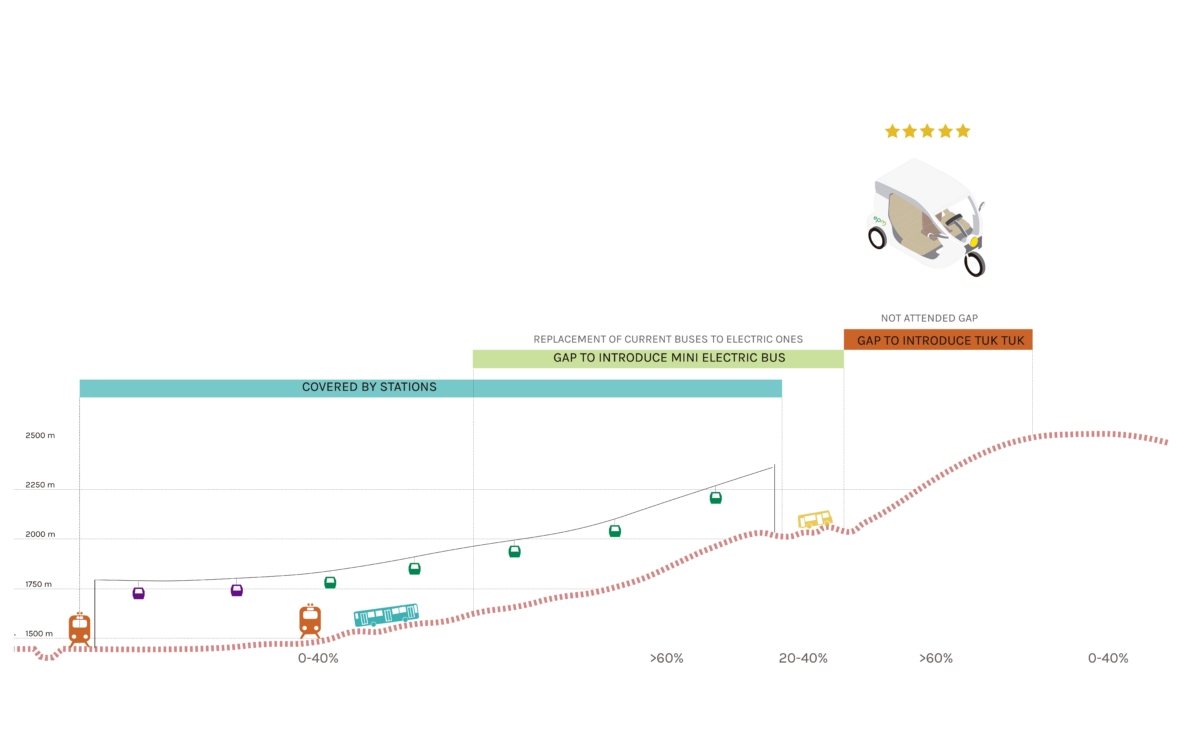
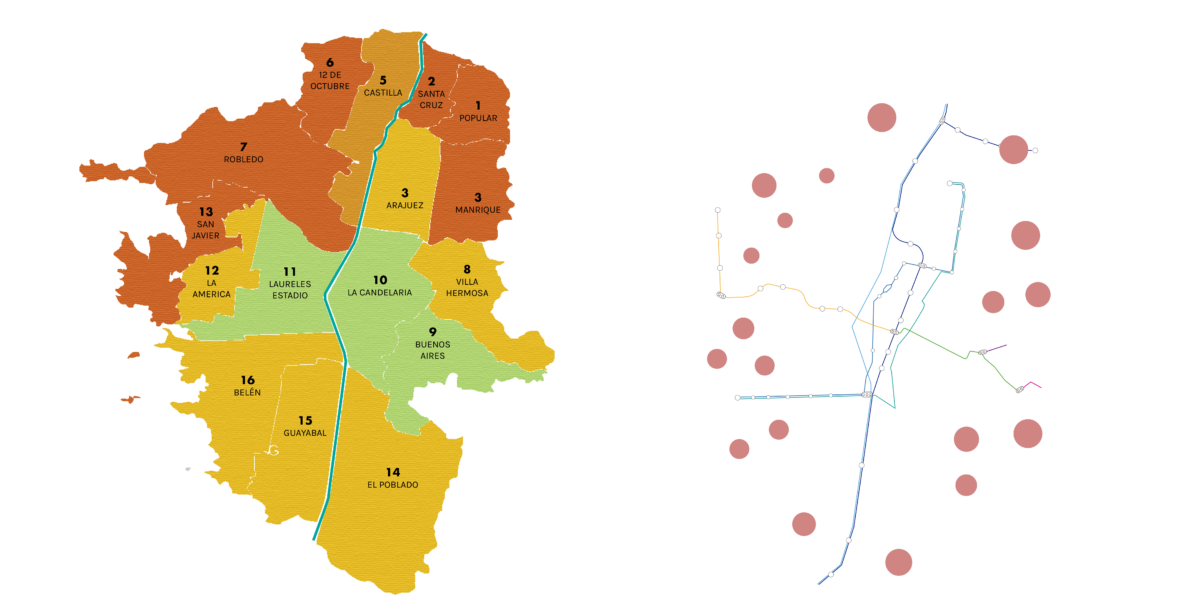
It is important to notice that in the map on the left we see a division that shows the communes of Medellin. The color of the commune represents the level of poberty and marginalization like poor access to wifi. Dark orange represents a higher level of poberty and marginalization, green indicates a lower level of it. On the other hand, the map on the right is illustrating the main transportation routes that the Public Metro has among the city. As we can see, the circles in red indicate the parts of the city that are not connected to these routes. This is a very important factor to consider, since the city of Medellin is in constant growth and in the future these spots will become even bigger unattended gaps. Below we can appreciate a possible scenario for the communes in the year 2030. The city will continue to expand in this way, creating even more gaps between the new sites and the existing transportation.
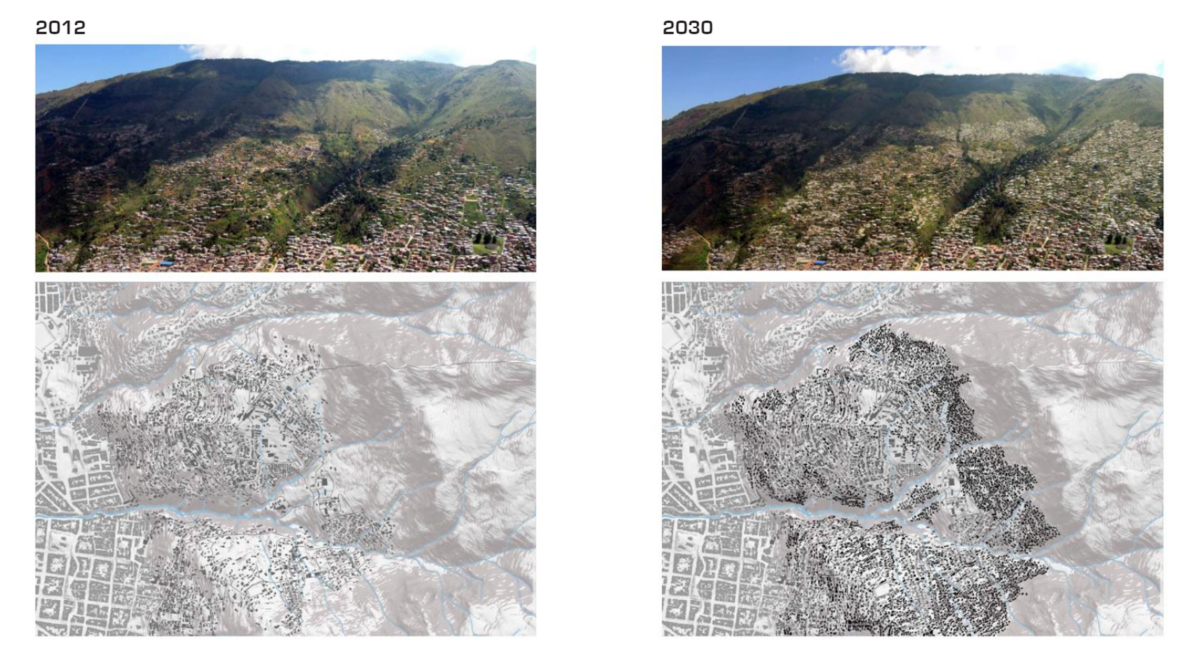
The Challenge
Globally, transportation accounts 15% of the greenhouse gas emissions. For this reason, the challenge of the city is to become the leading city in Latin American in Electric Mobility by 2030, in order to reach this ambition the Public Utility Service in Médellin (EMP) is supporting/ advising them through the Electric Mobility program. Nowadays one of Medellin’s main priority is to improve the air quality, this is why it is mandatory to remove the systems that use fossil fuels. One of the most polluting systems, even more polluting than cars, is the motorcycle. Motorcycles are a popular conveyance in Medellin, specially inside the communes, since the narrow and steep streets are a problem for bigger kinds of transportation. As seen in the diagram on the right side, the most used ways of people to transport themselves from the communes to the center (low part) of the city are either walking, riding a motorcycle or going by bus.
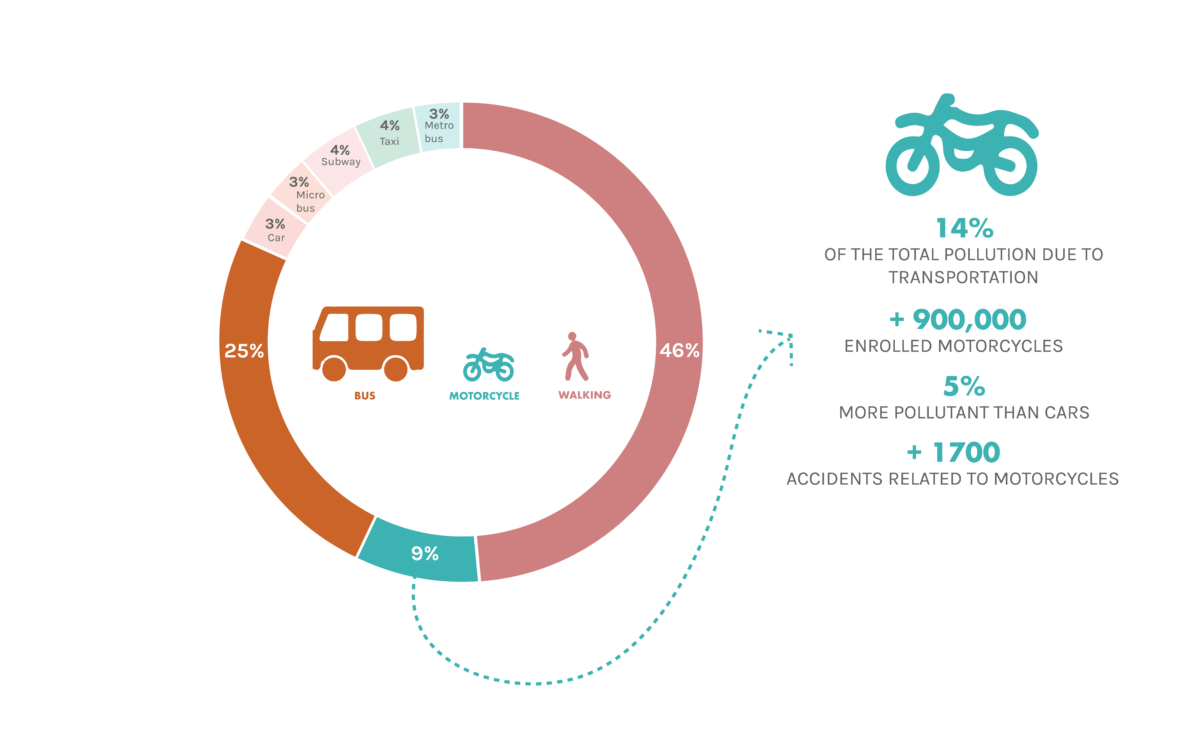
Our Solution
The streets in the peripheral areas of the city are very narrow and pedestrian in their majority. For this reason we wanted to implement a type of public transportation that could easily fit in the streets in a versatile, efficient and of course, electric way. This vision led us to choose an electric rickshaw, also known as Tuk-Tuk, as the best mobility option for the context of Medellin.
We envision this system as a creator of job opportunities for the inhabitants of the communes in Medellin, by giving them the alternative of having their own Tuk Tuk unit, by exchanging the motorcycle they own for this new and sustainable vehicle. For that, we would need to create a partnership between the government and the private company that will be selling and producing the tuk tuks. The idea is that the government could give loans or another economic incentive to the people in order to convince them to exchange their motorcycle for the tuk tuk. Then they could be able to drive it, making money for providing this service. In this way new jobs would be created and at the same time we could be closing the gap between the poorly connected communes and the center of the city.
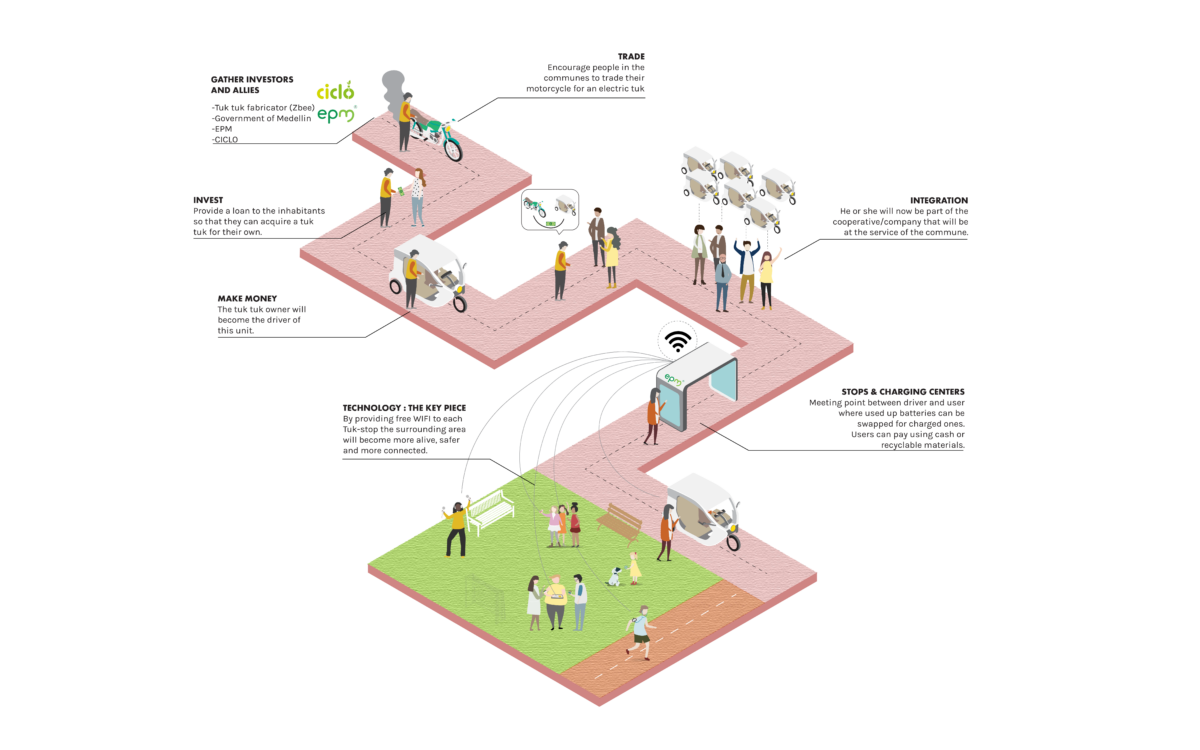
In addition we pretend to introduce small electric buses to replace gasoline combustion ones in the area covered by these, creating an integral electric service of transportation connected by smart wi-fi & charging stations. At the same time, these stations seek to be detonators of public space as well as knowledge access points where children will be able to take workshops, masterclasses, and develop their academic duties. These strategic actions might turn the communes into a safer, empowered and prosperous areas to live. Our proposal aims to use this new electric mobility system as a mean to engage as many people as possible in Medellin into the climate change fight and in the improvement of life opportunities within their neighborhoods.
Value Proposal
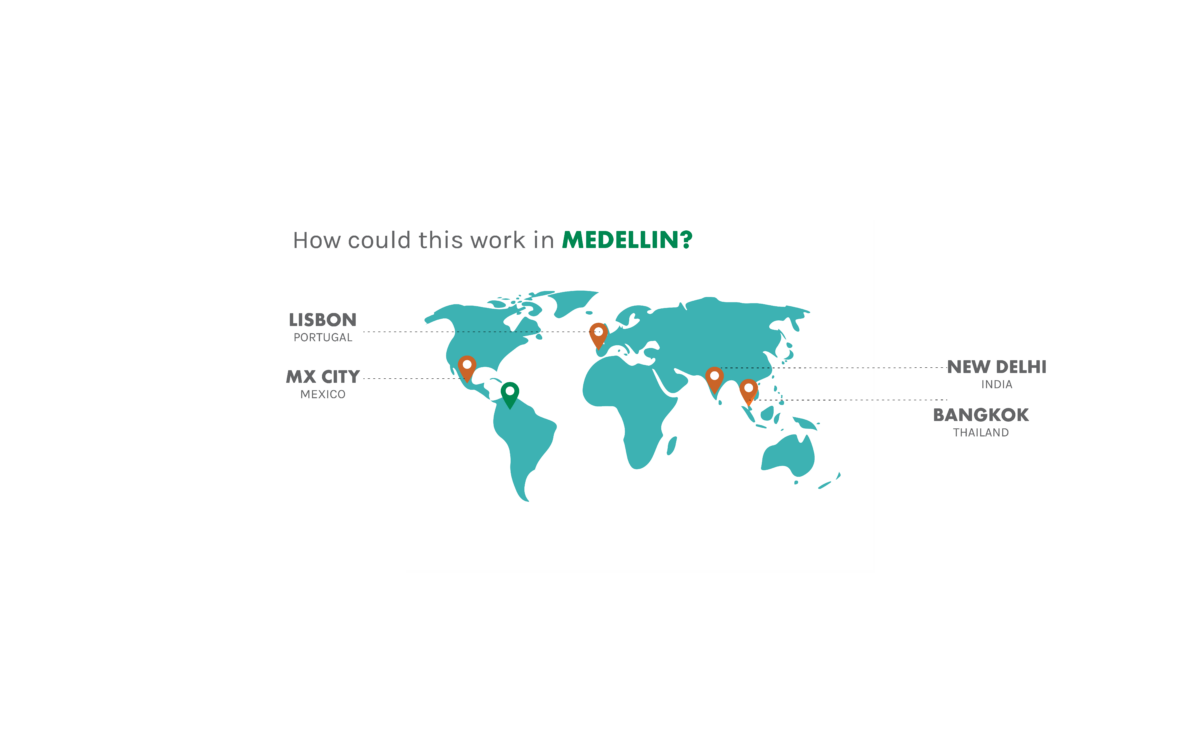
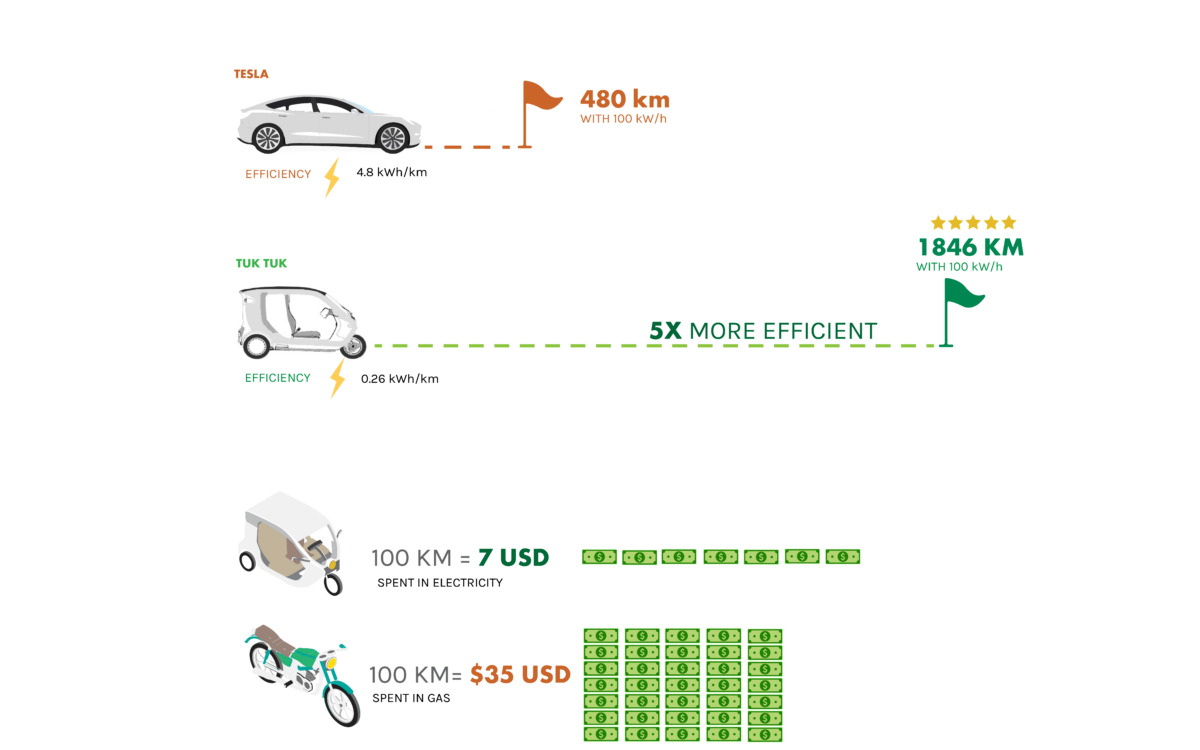
This kind of transportation already exists in different parts of the world. However, the place where they use electric tuk-tuks is New Delhi. Here the rickshaw is one of the dominant transportation modalities. We know that this is feasible and efficient solution, since this vehicle is very adaptable and versatile. Specially because the social and economic situations in the Medellin’s communes are similar to the ones in some parts of New Delhi. On the right side, in order to explain the efficiency of this kind of transportation we compared the distance that a Tesla and an EcoTuk can travel with the amount of energy of 100 kW/h. We can notice that the EcoTuk is 5 times more efficient than the Tesla, known as the most efficient electric car of the market. Below this comparison we can find onother comparison but this one is comparing the amoun of money that you would have to pay in order to travel a distance of 100 km. With a conventional motorcycle one would spend $35 USD in gas, meanwhile with an EcoTuk you would only have to spend $7 USD on electricity. (All quantities were calculated based on real prices in Medellin)
Expected Outcome and Partnerships
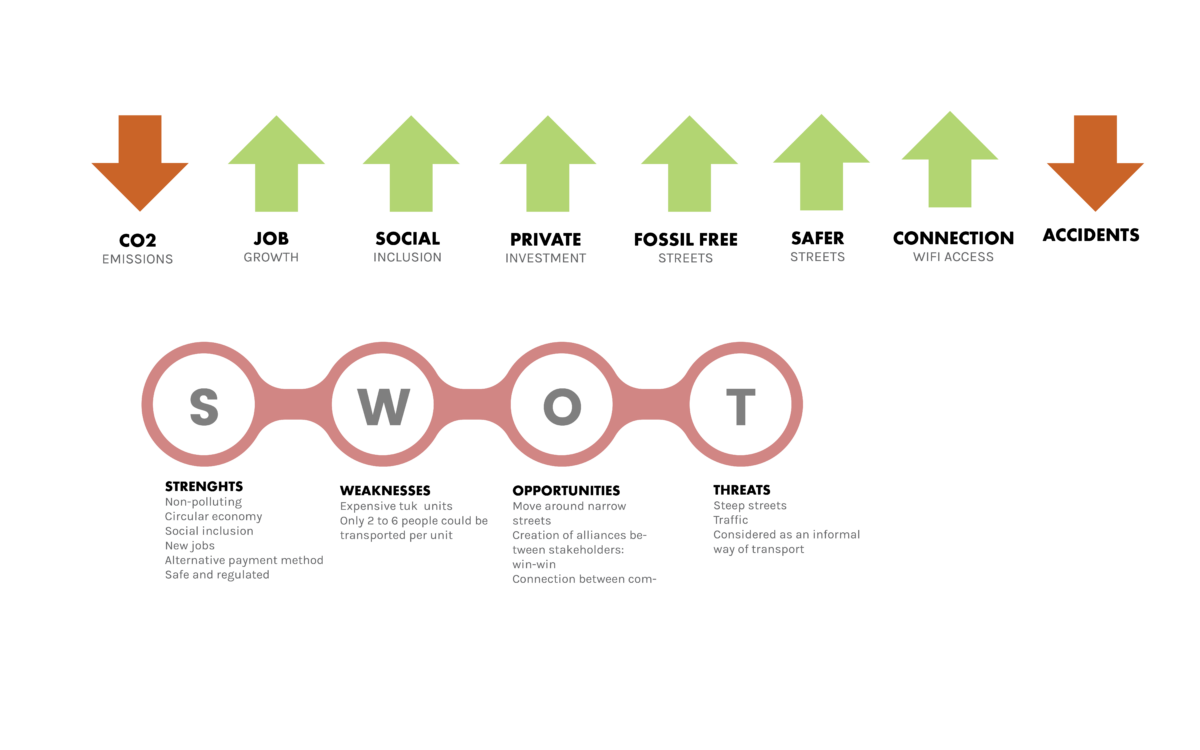

Conclusions
We understand climate change as a duty to be solved with the help of humanity, but there are a lot of issues that must be attended at the same time. The solution becomes more powerful as we introduce as several problematics to be solved. We are convinced that by introducing people of the communes into this way of experiencing efficient public transportation systems, there will be more possibilities to achieve 2030 goals. We want Medellin to be a city which sees climate change as a solution for many issues, as a way to wreck barriers, as an opportunity to encourage people and a way to live. We want Medellin to be the first Latin American city with the 100% electric transportation, but at the same time, the first one to achieve it in search of being a fairer, exemplary city.
About the Team
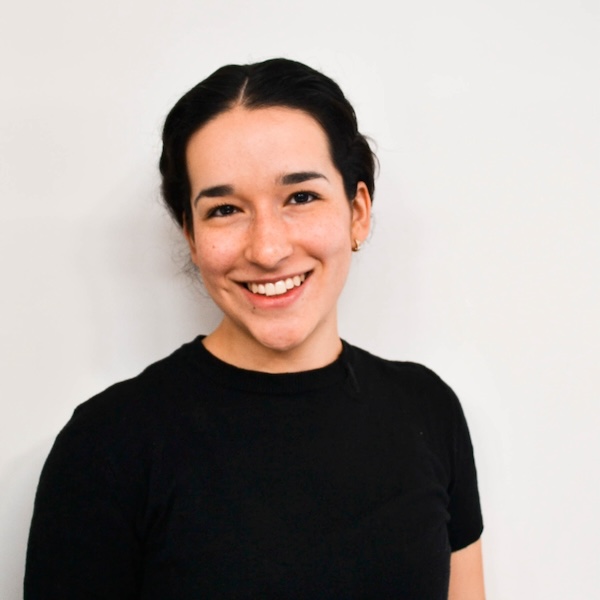
Alejandra Kaplun
Bachelor in Architecture
ITESM Querétaro, México
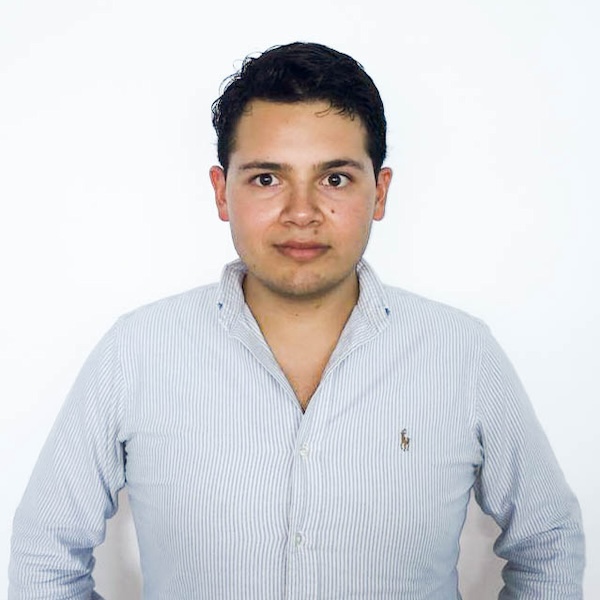
Víctor Torres
Bachelor in Architecture
IITESM Puebla, México

Valeria Macedo
Bachelor in Architecture
ITESM Guadalajara, México
References
Echeverrí, A. (2013). Rehabitar la montaña. Retrieved from https://issuu.com/universidadeafit/docs/rehabitar-monta__a
Zbee. (2019) Energy efficiency on wheels. Retrieved from https://cleanmotion.se/zbee/
Tarifas 2019 EPM (2019). Retrieved from https://www.epm.com.co/site/clientes_usuarios/clientes-y-usuarios/hogares-y-personas/energ%C3%ADa/tarifas
